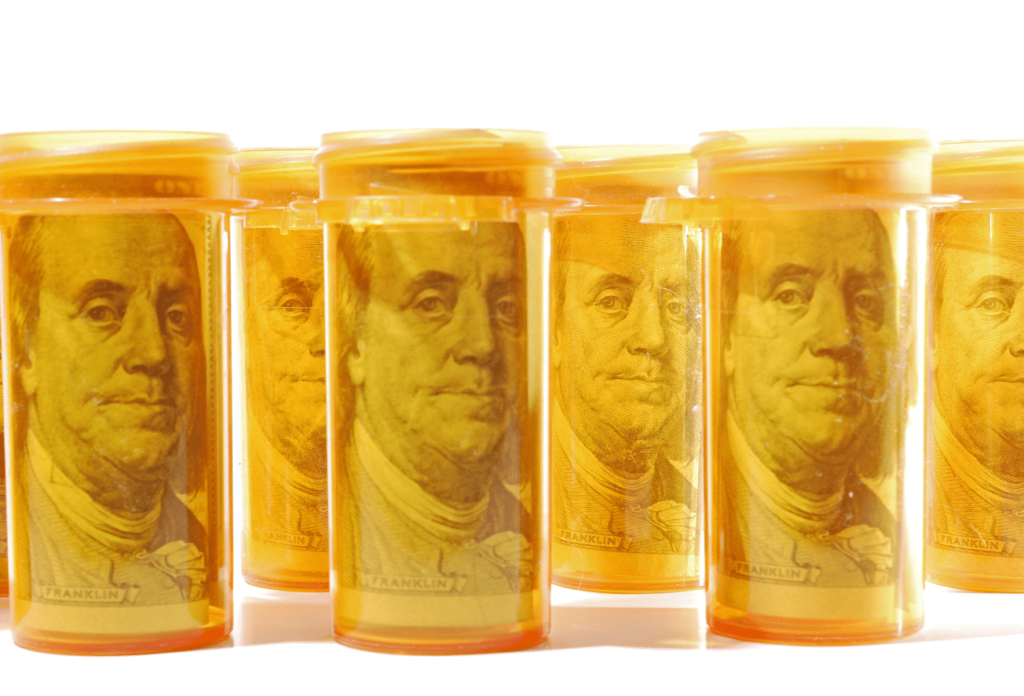
ASHP (American Society of Health-System Pharmacists) released a new report regarding the pandemic’s influence over prescription drug spending. While spend did grow at a moderate rate, analysts attribute the growth to increased usage. The shifts and changes the healthcare system experienced over the last year caused these shifts. They will continue to do so as the pandemic continues and the delivery of care evolves.
A Look at the Numbers
Prescription drug spending rose 4.9% in 2020, reaching $553.3 billion. Of that, 2.9% was due to greater utilization. New drug spending added in 1.8%, while price changes accounted for a mere .3%.
That’s the overall number, but there are other trend insights by type uncovered in the report, such as:
- Nonfederal hospitals spent 4.6% less: There was a spike in March 2020, then 19 weeks of decreases before a rebound.
- Home health increased its spend by 13%: Home health services grew tremendously during the pandemic.
Pandemic Effects Will Linger in 2021
The lead author of the report, Eric Tichy, PharmD, MBA, believes that effects from COVID-19 will persist. This will impact drug spending this year and next. Tichy urges hospital and health-system pharmacists to prepare for further consequences, such as the commercial availability of new high-cost drugs and changes in site of care.
With vaccines prevalent, hospital pharmacies can also expect to see a revitalization of acute care services. Preventive care, screenings, and elective procedures took a nosedive in 2020. With utilization expected to rise, hospital pharmacies will see a rebound in drug expenditures.
New Drug Approvals Will Also Impact Market
There are other factors influencing cost beyond the pandemic. The report also suggests that biosimilars will be a big driver of prescription spending for 2021 and beyond. The industry expects approvals for new drugs in this category.
There is also a healthy pipeline of drugs for cancer treatment, rare diseases, and other specialties. The FDA should be providing approvals for these this year. Specialty drugs have been fueling increased expenditures for several years, compared to other classifications.
Read the Complete Report
You can read the complete report, National Trends in Prescription Drug Expenditures and Projections for 2021. The report’s predictions include an expectation that overall spend will increase 4-6%. For clinics and hospitals, they forecast 7-9% and 3-5%, respectively.

